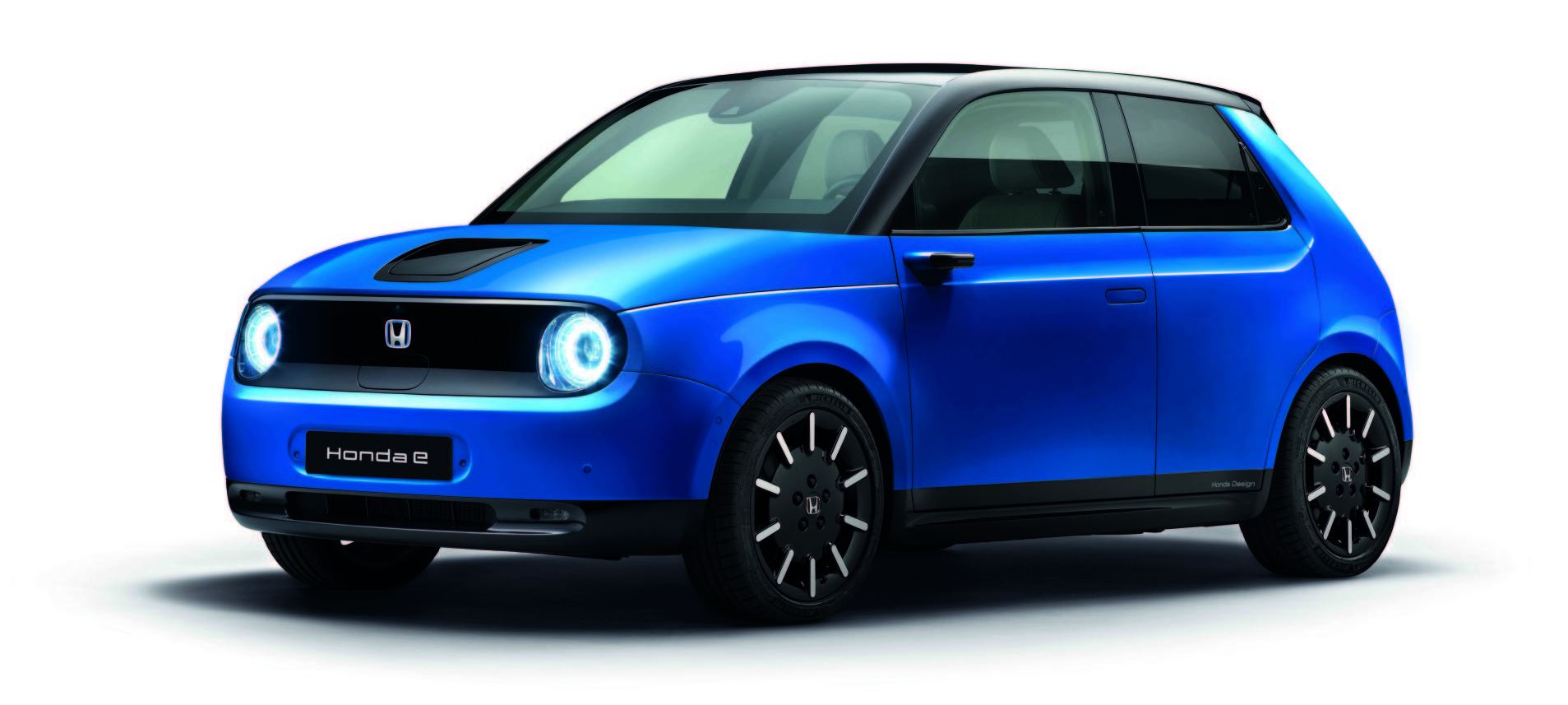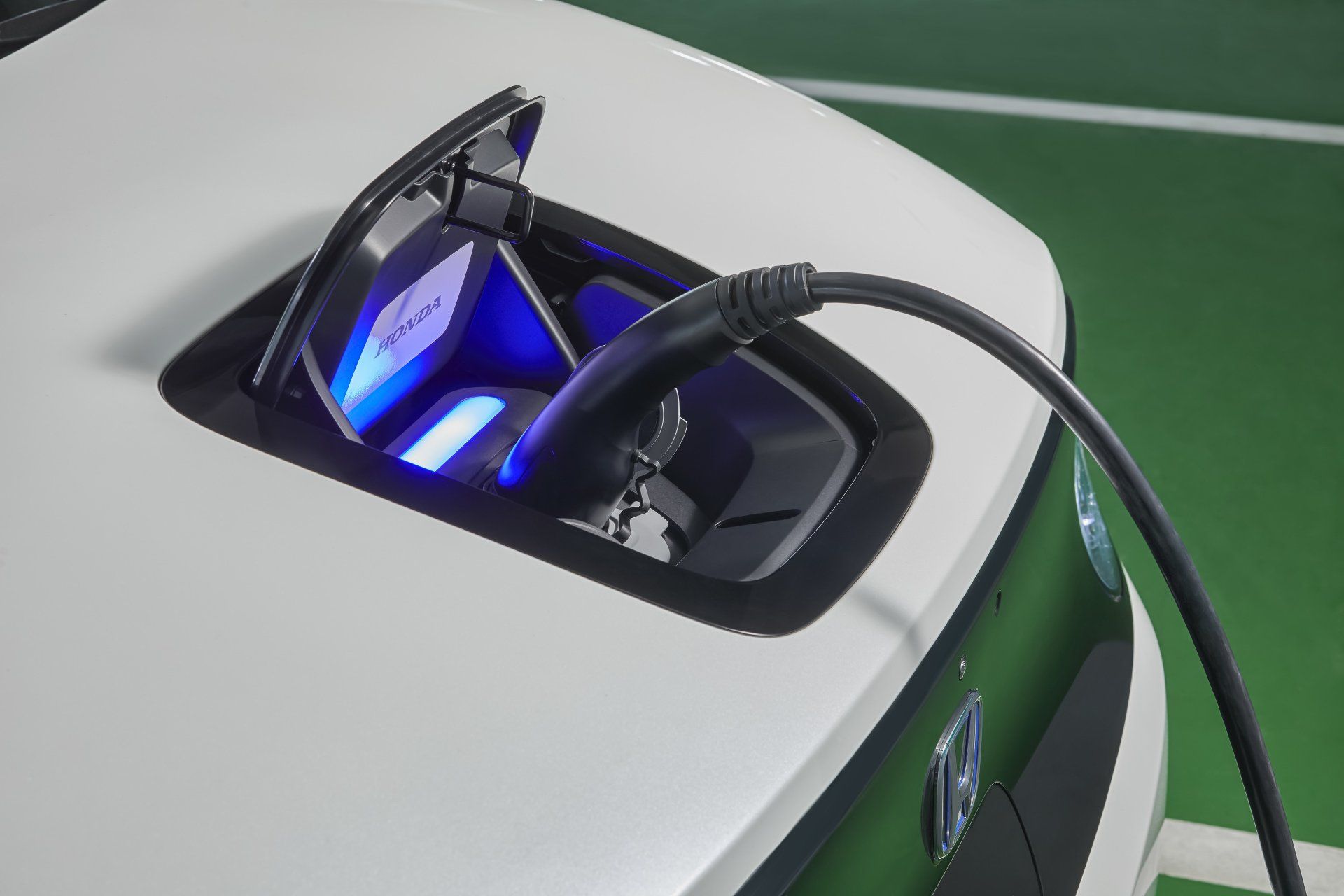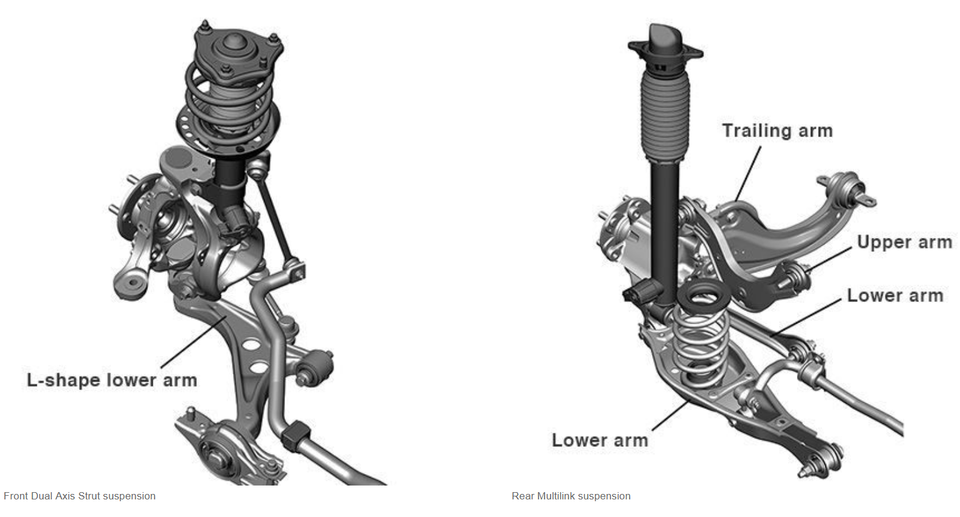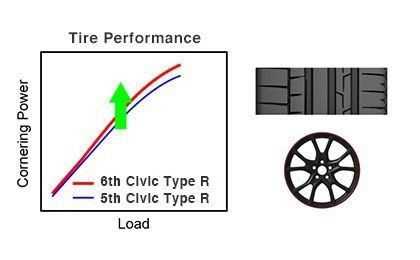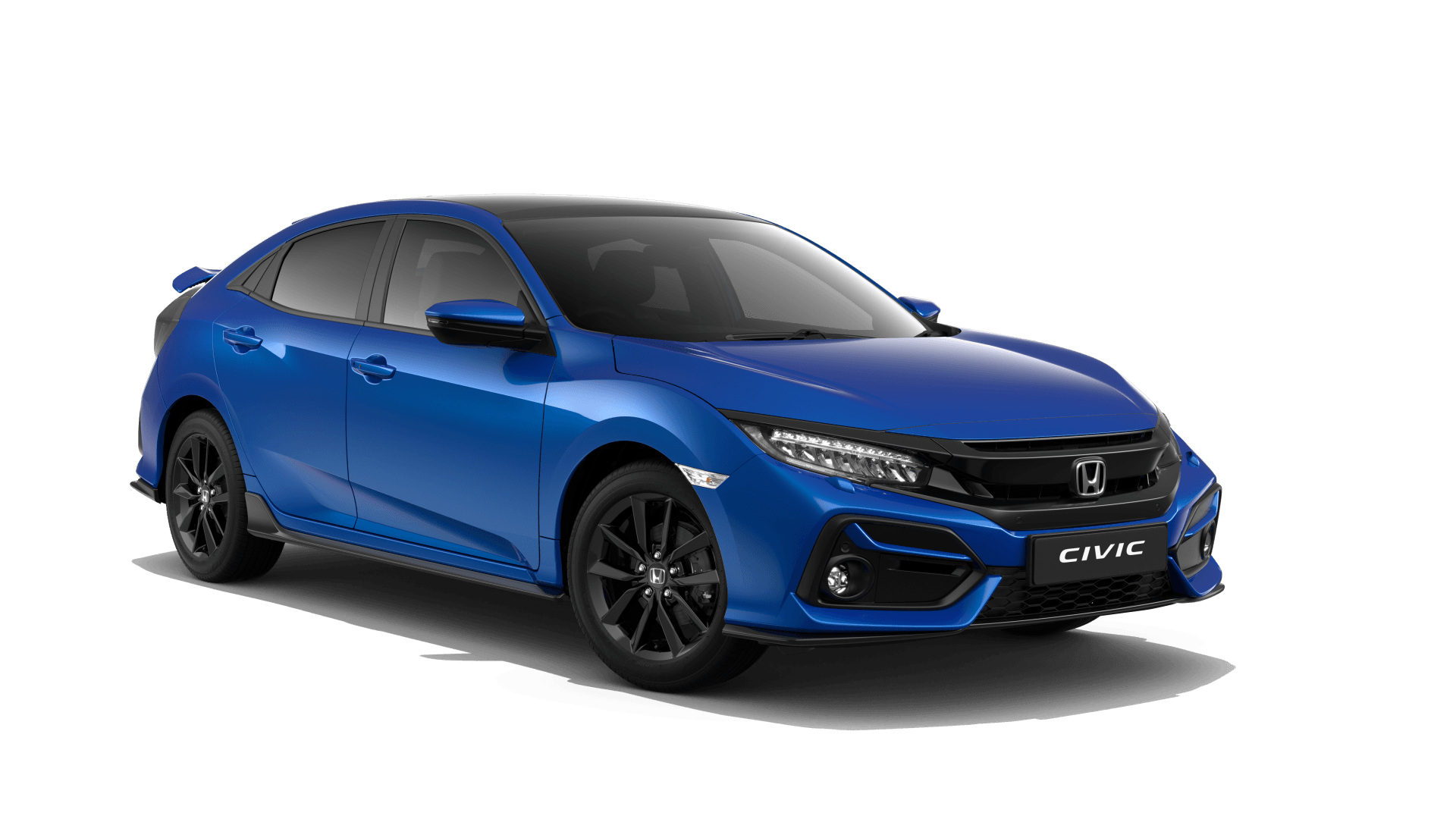Honda Civic Type R - Engineer Talk Part 3
We pursued ultimate handling, better than any previous Type R, under any condition
If the tires are not firmly on the ground, the car cannot turn, nor accelerate or decelerate. The suspension plays a vital role by maximizing the tires’ performance. With the new Type R, changing the rear suspension to multilink, and the front suspension’s lower arm to an L-shape, have realized both steering stability and ride comfort at a fundamental level.
The new Type R provides the driver with a deep confidence, with the ability to turn under any condition, and press deeper on the accelerator at any time.
Although previous generations of Type R were ideal for young sports car lovers, the new Civic Type R is a car that any driver can enjoy.
“The previous Type R's could turn directly, and were easy to control under any circumstance. We took this further with the new Type R by focusing on enhancing confidence and everyday ride comfort,” Kazuhiro Ikeya, in charge of the new Type R’s steering stability and ride comfort explains.”
“The previous Type R was an evolution of its predecessors. It turned well, steering was direct, and it was easy to control on the track. On a public road, however, there was room for improvement in confidence and everyday comfort. The new Type R was developed to enhance these shortcomings.”
Ikeya first reviewed the type of suspension for the Type R.
“If the tires are not firmly on the ground, the car cannot turn, nor accelerate or decelerate. That’s why we decided to develop a suspension that kept the tires firmly on the ground. For the front, we kept the dual axis strut suspension due to its ease in optimizing geometry. By changing the lower arm from an A- to an L-shape, we clarified the role of each and every bush connection, and realized both steering stability and ride comfort.”
“The rear suspension was changed to a multilink system. With torsion beam suspension as with the previous Type R models, a single compliance bush would have to provide steering stability and ride comfort. This bush would have to be hardened to realize the high steering stability demanded from a Type R, but that in turn would sacrifice ride comfort, especially when driving over bumps. With the new Type R, the multilink suspension supports each rear tire with four arms. The two lower and upper arms ensure lateral rigidity needed for steering stability, and trailing arms would provide longitudinal support, which contributes to ride comfort. This allows the role of each bush to be set individually, enabling both steering stability and ride comfort, and providing far greater flexibility in setting the car’s geometry.”
What are the other improvements, in addition to the suspension?
“The tire size has been increased from 235/35R19 to 245/30R20, and with a new structure / pattern, cornering power has been enhanced. By using high-rigidity material, the wheels are lighter and more rigid. Moving away from the tires, body parts are not reinforced by adding components, but by increasing glue usage to efficiently increase rigidity for the openings and suspension connections. This has vastly improved torsional rigidity compared to the previous Type R.
What kind of car has the new Type R become through the vast number of enhancements?
“The driver feels like he can keep on turning the steering wheel, and keep on accelerating under any circumstance. The new Type R actively gives the driver that kind of confidence.”
Why did the new Type R development team focus on confidence and everyday comfort?
“The new Civic Type R is a global model, sold not only in Japan but worldwide. We need to assume that not only young sports car enthusiasts, but a wide range of drivers, will be our customers. That is why we developed the new Type R focusing on confidence and everyday comfort as important aspects.”
PART 4 COMING SOON...



